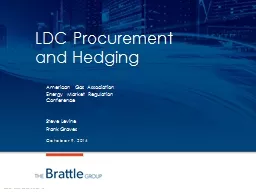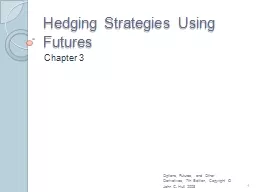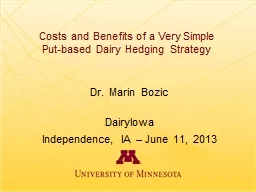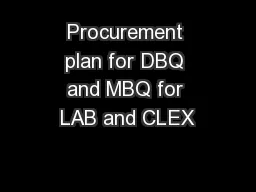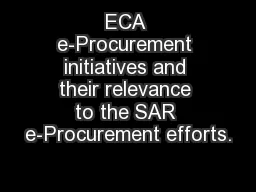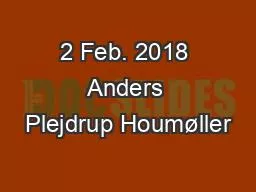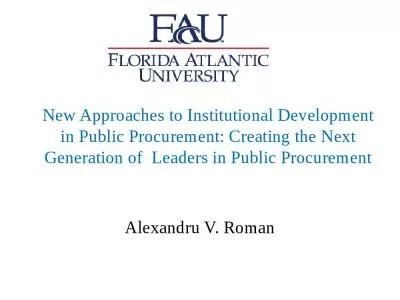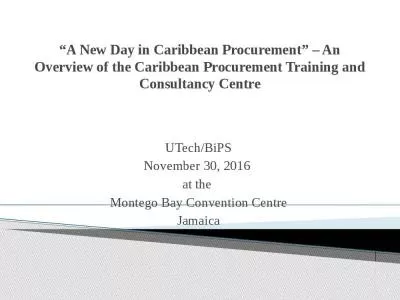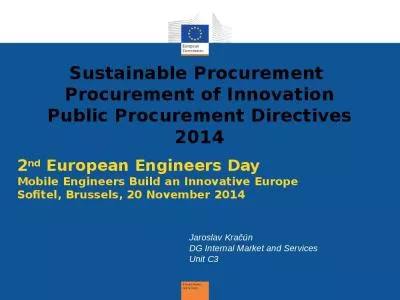PPT-LDC Procurement and Hedging
Author : mitsue-stanley | Published Date : 2018-10-13
American Gas Association Energy Market Regulation Conference Steve Levine Frank Graves October 9 2014 State of the markets Relatively calm period for US gas markets
Presentation Embed Code
Download Presentation
Download Presentation The PPT/PDF document "LDC Procurement and Hedging" is the property of its rightful owner. Permission is granted to download and print the materials on this website for personal, non-commercial use only, and to display it on your personal computer provided you do not modify the materials and that you retain all copyright notices contained in the materials. By downloading content from our website, you accept the terms of this agreement.
LDC Procurement and Hedging: Transcript
Download Rules Of Document
"LDC Procurement and Hedging"The content belongs to its owner. You may download and print it for personal use, without modification, and keep all copyright notices. By downloading, you agree to these terms.
Related Documents

